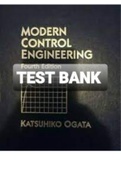Samenvatting
International Strategy - summary of the mandatory articles, book chapters, and lectures - by Michel Dagli
- Instelling
- Tilburg University (UVT)
All in one summary - Perfect summary of the mandatory articles, book chapters and lectures.
[Meer zien]














